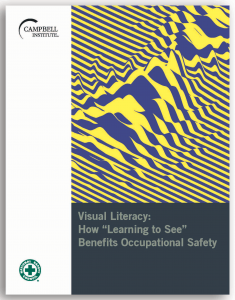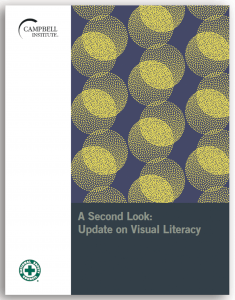Research Series
How "Learning to See" Benefits Occupational Safety
The concept of visual literacy has been around for decades, and has typically been used in developing better teaching and learning techniques in the classroom. Recently however, visual literacy has been gaining traction in the workplace as a skill and tool to better identify occupational hazards that could lead to safety incidents. The Campbell Institute and the Toledo Museum of Art have investigated what visual literacy is and how it can benefit occupational safety.
When teaching visual literacy and providing instruction on how to describe visuals and convey information, the Toledo Museum of Art asks students to focus on five essential elements of art: line, shape, color, texture, and space. These are important elements for describing not only pieces of art, but also work environments. Being able to scan and describe a workplace environment in a systematic fashion can aid in pinpointing potential hazards and using a common language to convey observations to others.


Connection to Occupational Safety
Download the full research paper to understand the connection between visual literacy and occupational safety. Additionally, the document includes an outline of a new research project on visual literacy involving the Campbell Institute, its members and partners, and the Toledo Museum of Art.


